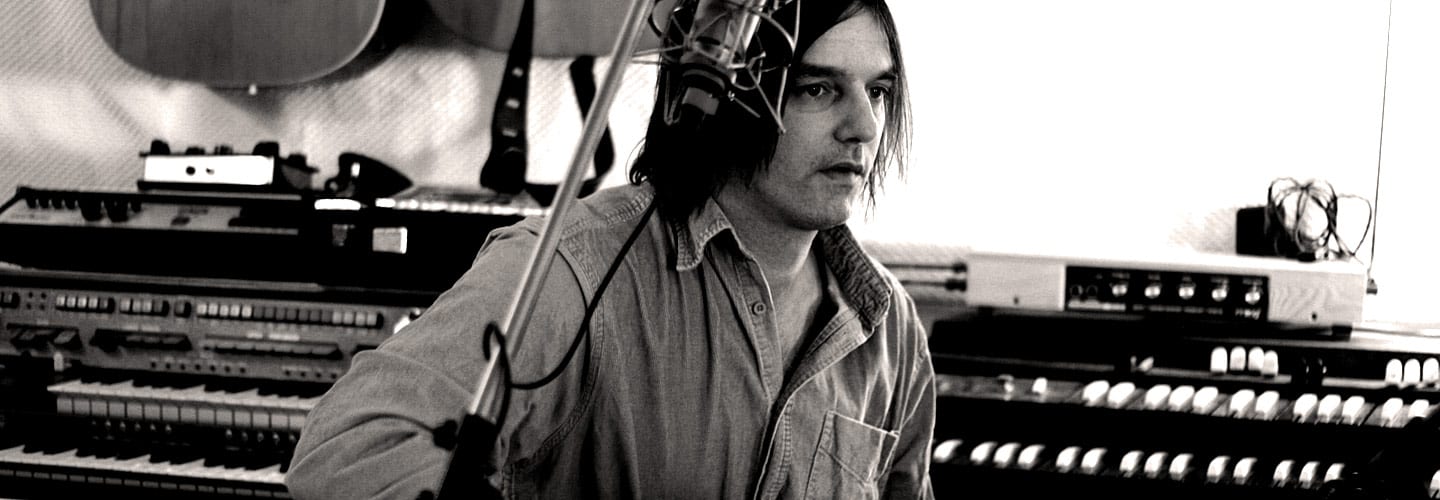Steve Albini is a well-established recording engineer born in California notorious for having worked with both successful artists alongside many of which many haven’t heard of before.
A staple of Albini’s approach when working with the artists is not necessarily feeling the need to impose his ‘sound’ on an artist’s work, stating “it’s ridiculous to say that my records have a ‘sound'” (Tingen, 2005) – his approach is more so aimed towards capturing the sound in the artist envisions it. “If I’m asked to do something fantastic, then I will try to do something fantastic, but I don’t start from a position that everything needs to be changed from what it was” (Tingen, 2005).
Influenced by English sound engineer John Loder, Albini was shown the importance of “getting the most out of the equipment without making the equipment the focus of attention” by having a “complete working knowledge of his equipment.” Expanding on this further:-
“He showed me the potential for getting the most out of the equipment without making the equipment the focus of attention. He knew how to do things quickly and with great sensitivity to the band, and had a complete working knowledge of his equipment. In any situation he could snap his fingers and do the right thing, because he knew exactly how things worked and what to do.” (Tingen, 2005)
In an interview with Music Radar, Albini touches on his thoughts of “in-vogue production gimmicks”, to which he replied with the following:-
“I don’t want to be saddling a band with clichés that are not of their choosing, you know? So I’m inclined to try and capture whatever is awesome about a band in their own dialect and not concern myself with trying to make it fit in with the current musical landscape” (Mackintosh, 2013)
Evidently, his intentions are not to feel complied to follow conventional norms of the music industry, but do what’s best for the music, irrespective of the day in age and the available technologies to him. Whatever tools he deems best to deal with the tasks are the ones he’ll utilise, opposed to his tools determining how he approaches the tasks at hand.
Discussing his approach on recording guitars, he puts forward that “the most important thing” in his opinion “is to listen to the sound the guitar player is making, then go through your mental image of what different microphones do with different sounds” and try to “make a pairing in your mind that would be flattering to the sound you’re hearing”.
Implementation of Steve Albini’s Production Techniques
Upon having approached the production my own material, I had an idea of the creative direction I wanted to take my songs. I knew that I didn’t want to overproduce the tracks, which would be incredibly easy to do with the amount of software plugins and hardware available. I wanted to make sure that I spent a substantial amount of time prior to the recording process to make sure I had the sound I wanted before capturing it. Albini’s approach of capturing a band’s “organic sound” was a massive inspiration for me approaching my own material as the artists that have helped inspire records I’d drew inspiration from (Death in Vegas, Brian Jonestown Massacre, Charlatans, Beady Eye, Nirvana). This was one of the reasons why I came to the decision to not to limit myself to just the universities studio, but to explore recording at home which I’ve never done in terms of my own alternative/rock/psychedelic songs, try out recording demo drums at Pete’s house (to which we used in the end) and collaborate with musicians in a variety of natural everyday spaces. For me, this would create this ‘organic feel’ and avoid the ‘sterilisation’ and the quest for ‘perfection’ that can come with recording in studios. I wanted the tracks to feel a sense of fluidity and emotion via not over-editing, over-mixing and using dead spaces to remove the sound of the environment.
Paul Tingen (2005) Steve Albini: Sound Engineer Extraordinaire. [online] Sound on Sound. Available from: http://www.soundonsound.com/people/steve-albini [Accessed 26 April 2017].
Hamish Mackintosh (2013) Steve Albini on his gear and recording know-how. [online] Music Radar. Available from: http://www.musicradar.com/news/tech/steve-albini-on-his-gear-and-recording-know-how-587015 [Accessed 26 April 2017].
